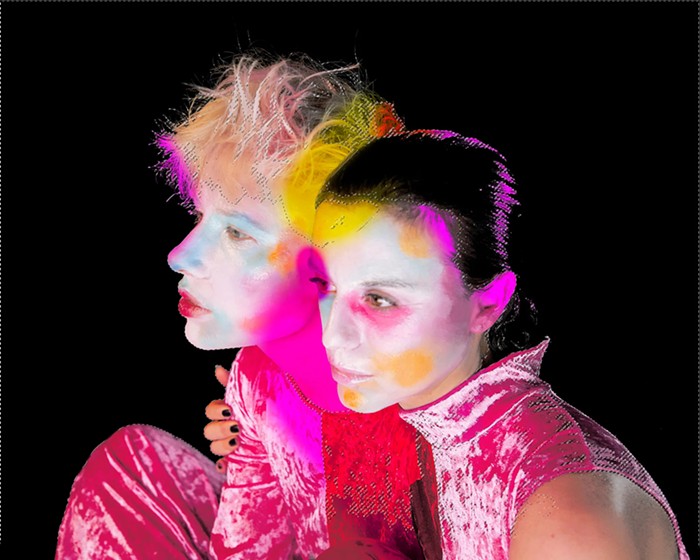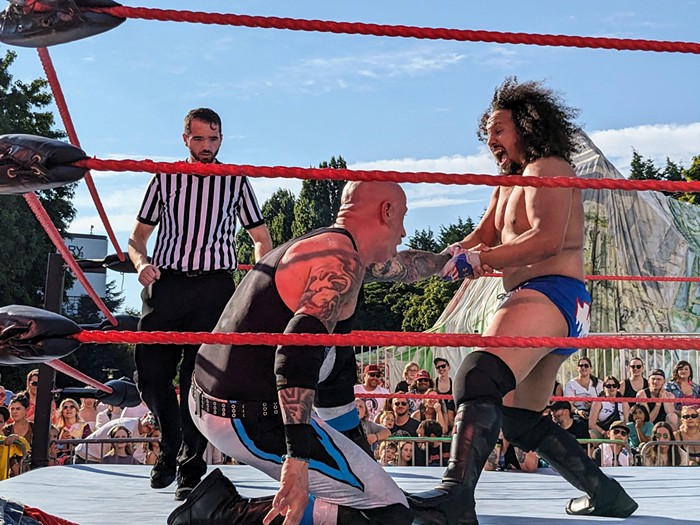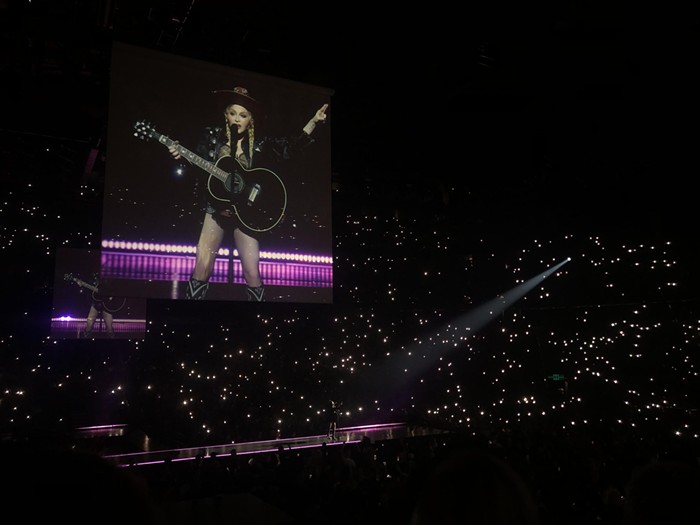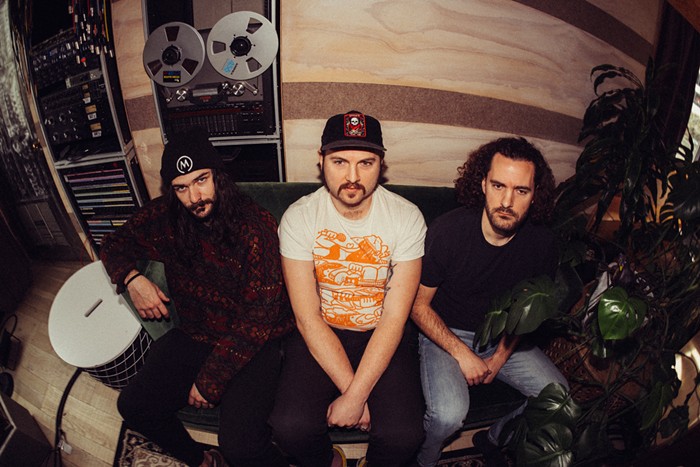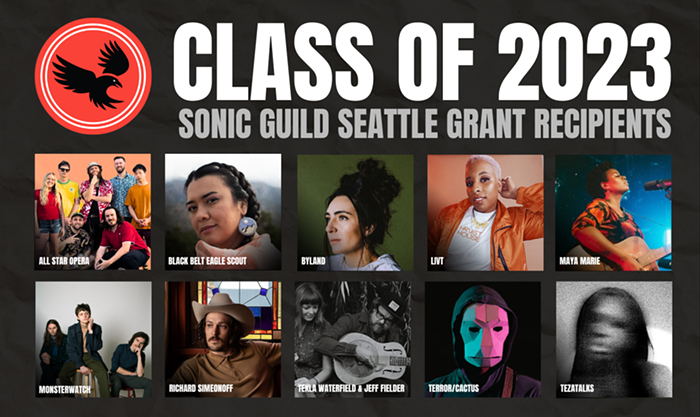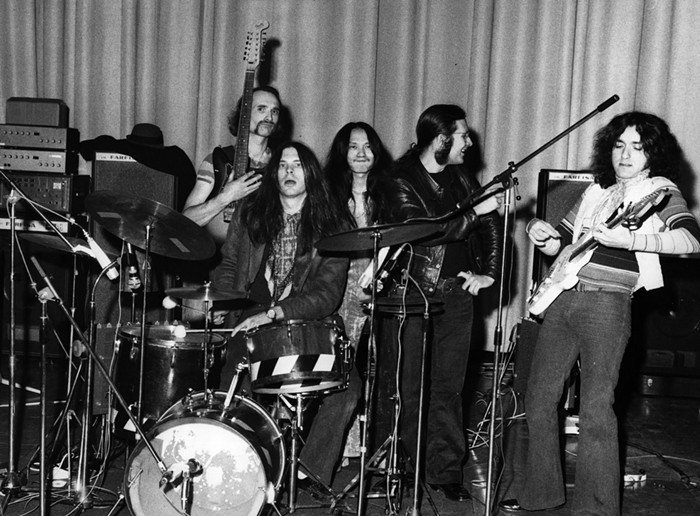
When the first Bumbershoot festival overtook Seattle Center in 1971, the concept of a music festival was still a new one. It was barely two years after Woodstock, nearly 20 years before the first Coachella, and long before the festival idea—which is to say, spending on a lot of money to see a different headliner every hour while wearing revealing clothes and using portable toilets—had become a motif in the American consciousness.
Bumbershoot predates the modern festival trend, but on the eve of its 50th anniversary the municipally-owned festival faces an uncertain future. This past weekend’s festival was the final Bumbershoot under the city’s current contract with AEG, the multi-national music promotional company that has operated the festival since 2015. The city is currently in negotiations with AEG, but they come at a time when the nationwide festival economy is contracting and attendance at Bumbershoot has dropped precipitously over the last five years. All of that makes it very unclear what Bumbershoot 2020 will look like.
Debora Daoust, a spokesperson for Seattle Center, the city department responsible for Bumbershoot, said the city is currently in talks with AEG to renew their contract.
“Conversations with One Reel/AEG are on-going regarding 2020 and beyond,” Daoust said in an e-mail last week. “Key stakeholders from Seattle Center, One Reel and AEG are planning to meet shortly following this year’s festival to continue discussions regarding 2020 and beyond, no hard deadlines have been set.”
One Reel, a local non-profit, has held an exclusive contract with the city to run the festival since 1980 but AEG took over in 2015 after nearly a million dollars of debt threatened the festival’s future. AEG now operates and programs the majority of the festival. Marty Griswold, the executive director of One Reel, declined to be interviewed for this story. Chris Hnat, an AEG spokesperson, declined to comment on current negotiations.
“We have no comment on the contract since we are currently in negotiations with the city,” Hnat said in an e-mail.
Festivals across the country have seen their attendance fall and Bumbershoot is no exception, with only 48,024 people attending last year’s festival, according to attendance figures published exclusively by The Stranger. A year earlier, 74,000 people attended, according to the Times. In 2013, 100,000 people bought tickets, according to Kiro 7.
AEG has in past years released attendance or ticket sales figures immediately following the festival, but that is no longer the case. Dennis Dennehy, a senior vice president at AEG, reiterated support for the festival but declined to release specific numbers in an email to The Stranger.
“Bumbershoot is an important festival for us and the area, and the attendance is in line with turnout over the past five years,” Dennehy said.
This year’s festival felt similar to 2018’s attendance, with large crowds at the festival’s biggest acts but a sparsely populated Seattle Center grounds outside of those shows. In a smart bit of festival design, AEG rotated the festival’s Memorial Stadium mainstage by 90 degrees compared to previous layouts, reducing the size of the venue significantly by cutting off one set of stands and limiting the on-field area. That prevented fans from experiencing the hollowing feeling of walking across 100 empty yards before a headlining set, like what happened last year.
10 minutes before the Sunday headliner goes on pic.twitter.com/CIPURjq4gW
— Lester Black (@leddder) September 3, 2018
Bumbershoot faced two blows to this year’s turnout. The festival had to delay their lineup announcement in May after first teasing fans with a Twitter post that showed a sparkling letter “b”. The delayed announcement coincided with rapper Cardi B canceling her entire tour after health problems. Bumbershoot never confirmed that Cardi B canceled a planned appearance, but the writing was on the wall. Or their Twitter timeline at least. The second blow came last Friday morning when Lizzo, who currently has the number one song on the Billboard Hot 100, announced on Twitter 12 hours before her headlining set that she had to cancel her appearance because of a “severe sinus infection.”
(Please turn your sound on for this Tweet)
pic.twitter.com/m1cf7edN99
— |L I Z Z O| (@lizzo) August 30, 2019
The illness didn’t keep Lizzo from playing Jay Z’s Made in America festival in Philadelphia on Sunday, two days after her planned Bumbershoot performance.
This year's Bumbershoot also hit a snag when a barricade collapsed Saturday at Jai Wolf's set, injuring more than two dozen people and sending four to the hospital with minor injuries.
Bumbershoot has always been popular with Seattle area high schoolers—probably because the kids get an unsupervised weekend of music and shenanigans while parents feel comfortable dropping their kids off at Seattle Center for an all-ages event—but the last few years has seen young teenagers form an increasingly large portion of the festival. Seattle Times music writer Michael Rietmulder described this year's main stage as feeling like “a high school cafeteria where the Monster energy drink is fully stocked and the chaperones hopelessly outnumbered.”
Ticket prices could be blamed for the decreasing attendance and increasing concentration of younger fans. Daily tickets cost around $20 during the mid-2000s and were $40 a day in 2010. Daily tickets went up to $130 by last year, with 3-day tickets going for $220. AEG slightly dropped ticket prices this year to $109 a day and $220 for three days. The people who both have the means to afford the festival and an interest in spending their Labor Day weekend in downtown Seattle using portable toilets (when much of the rest of Seattle is spending their money and Labor Day shitting in the woods) appears to be narrowing down to one group: the children of upper class Seattle families.
AEG is required to disclose attendance figures in an annual report due before the end of the year. We’ll find out then if the tweenage market is able to support Seattle’s municipal festival into its 50th year.

